A lush green lawn has long been a symbol of suburban living, but maintaining it isn’t as easy as it sounds. Looking after your yard can be time-consuming, resource-intensive, and even environmentally unsustainable. With increasing concerns about water scarcity, chemical usage, and biodiversity loss, many homeowners are reconsidering the traditional grass lawn. Fortunately, numerous creative and eco-friendly alternatives can transform your outdoor space into a stunning and functional area.
Whether you’re looking to reduce water usage, create an eco-friendly landscape, or simply break away from the norm, replacing your lawn can be rewarding and inspiring. Below, we’ll explore four creative ideas to help you reimagine your outdoor space and embrace a more sustainable and vibrant landscape.
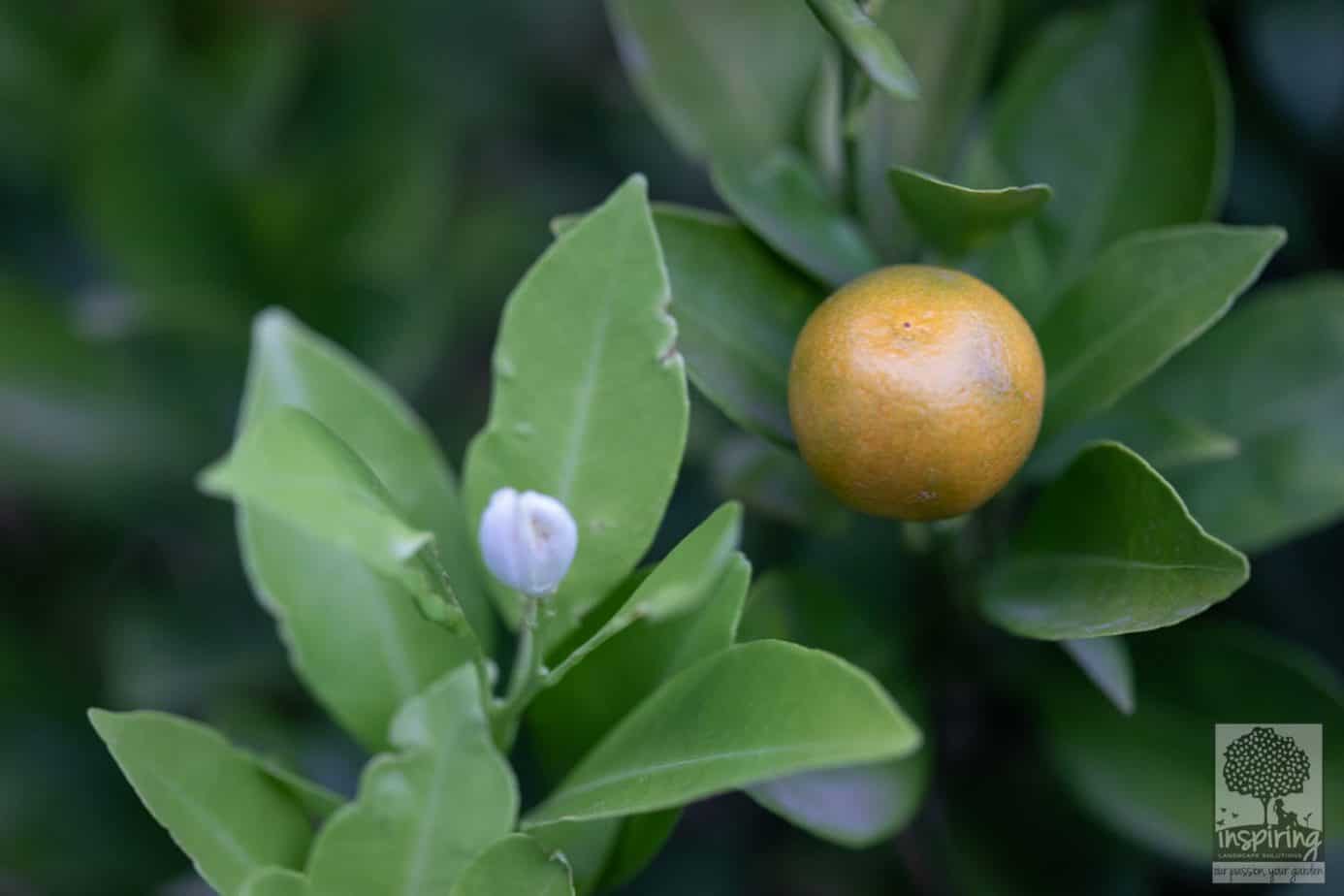
Have an Edible Garden Instead of Lawn
Replace your lawn with an edible garden and cultivate fresh produce at home. An edible garden offers both beauty and practicality. From vegetables and herbs to fruit-bearing trees and shrubs, an edible garden can provide a sustainable food source while reducing your carbon footprint.
The satisfaction you get from growing your food is often quite hard to explain to others who don’t do it. It can also promote healthier eating habits. An edible garden’s various textures and colors can create an aesthetically pleasing, functional, and visually appealing landscape.
Incorporate raised beds, vertical gardens, and trellises to maximise space and create a visually appealing layout. Before diving into an edible garden, consider your yard’s sunlight and soil conditions. Certain crops thrive better in specific situations, so planning accordingly will help you achieve a successful and bountiful harvest. Additionally, they integrate companion planting techniques to enhance crop health and deter pests naturally.
Enjoy Artificial Turf Instead of Having a Lawn
Artificial turf can be a viable option for those who desire the look of a lawn without maintenance and water consumption. Synthetic grass has come a long way in recent years, with improved aesthetics and eco-friendly materials.
While it does require an initial investment, artificial turf can save you money and time in the long run, as it doesn’t need mowing, watering, or fertilising.
However, choosing a high-quality artificial turf free from harmful chemicals and heavy metals is essential. Additionally, consider the potential environmental impact of disposing of synthetic turf when its lifespan is over.
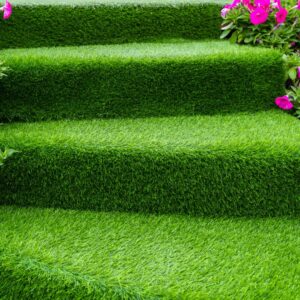
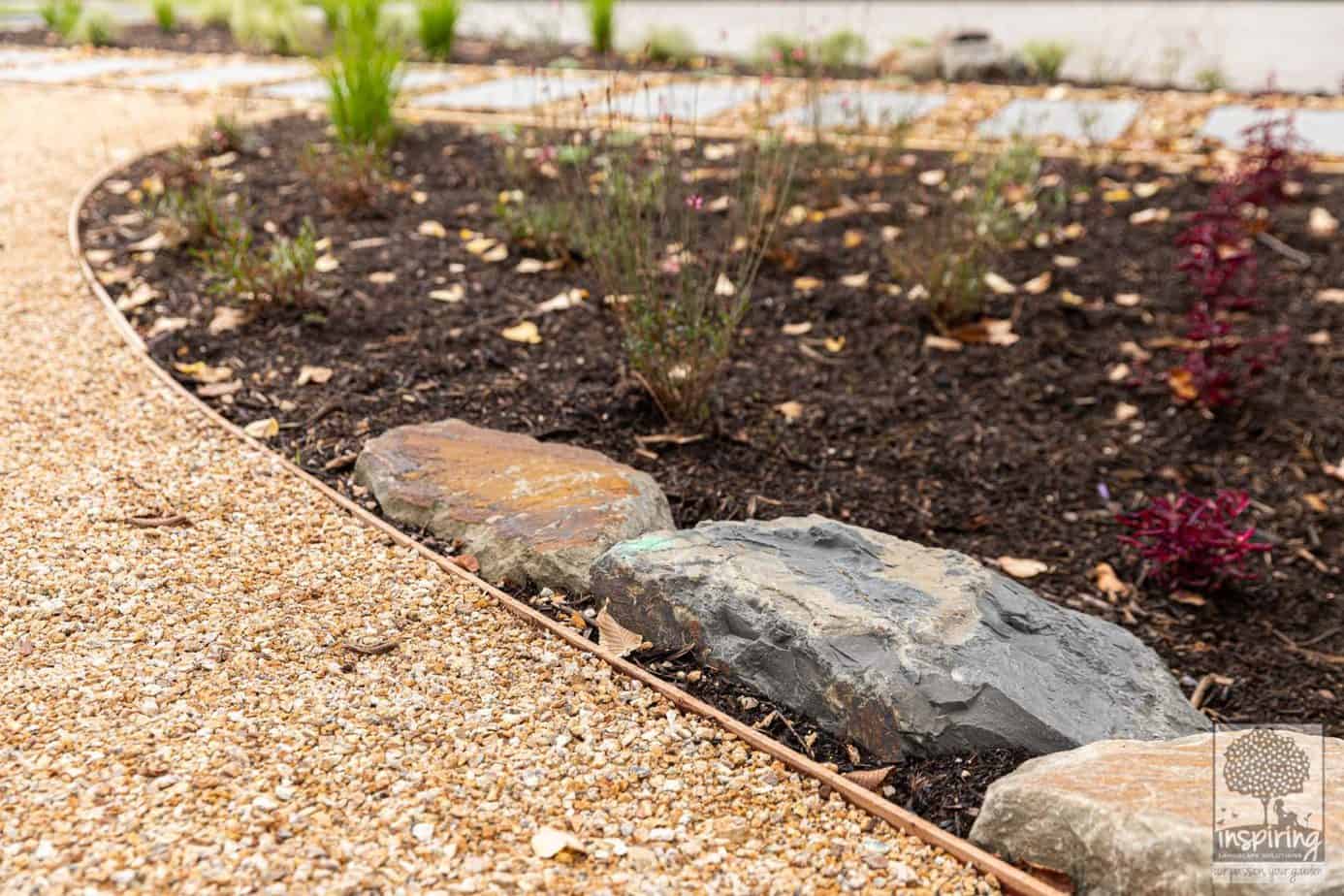
Xeriscaping: Minimisation Is Key
Xeriscaping is a landscaping technique designed to minimise water usage and promote water conservation. It’s ideal for arid and drought-prone regions; xeriscaping incorporates drought-resistant plants, gravel, and mulch to create a visually striking, low-maintenance outdoor space.
It uses soil amendments to minimise water usage while maintaining an attractive outdoor space, reduces reliance on synthetic fertilisers and pesticides, and contributes to a more eco-friendly and sustainable environment.
Grouping plants with similar water needs together can help optimise water distribution and prevent wastage. Additionally, consider incorporating hardscaping features like gravel paths, decorative rocks, or permeable pavers, which can add interest and reduce the amount of vegetation that needs watering.
Replace Your Lawn With a Native Plant Garden
One of the most eco-friendly and visually appealing options for replacing your lawn is to create a native plant garden. Native plants naturally occur in your region and have evolved to thrive in the local climate and soil conditions.
Native plant gardens also provide a habitat for local wildlife, such as butterflies, bees, and birds, promoting biodiversity and contributing to the ecosystem’s health. Research local native species and consult with experts at nearby nurseries or botanical gardens to select plants that best suit your garden’s specific conditions and design preferences.

Replacing your lawn with one of these creative and sustainable alternatives is an exciting opportunity to transform your outdoor space and contribute positively to the environment. Whether you opt for a native plant garden, an edible oasis, a water-wise xeriscape, or the convenience of artificial turf, each choice offers unique benefits that align with your eco-friendly aspirations and aesthetic preferences.
Remember to plan thoroughly, research local plant varieties, and consider seeking advice from landscaping experts to create a beautiful and eco-conscious outdoor haven. Consider your climate, preferences, and the local ecosystem when deciding, and embark on a journey to create a beautiful, functional, and ecologically responsible landscape that you can enjoy for years. Embrace the change, and watch your yard flourish into an inspiring and environmentally accountable landscape.
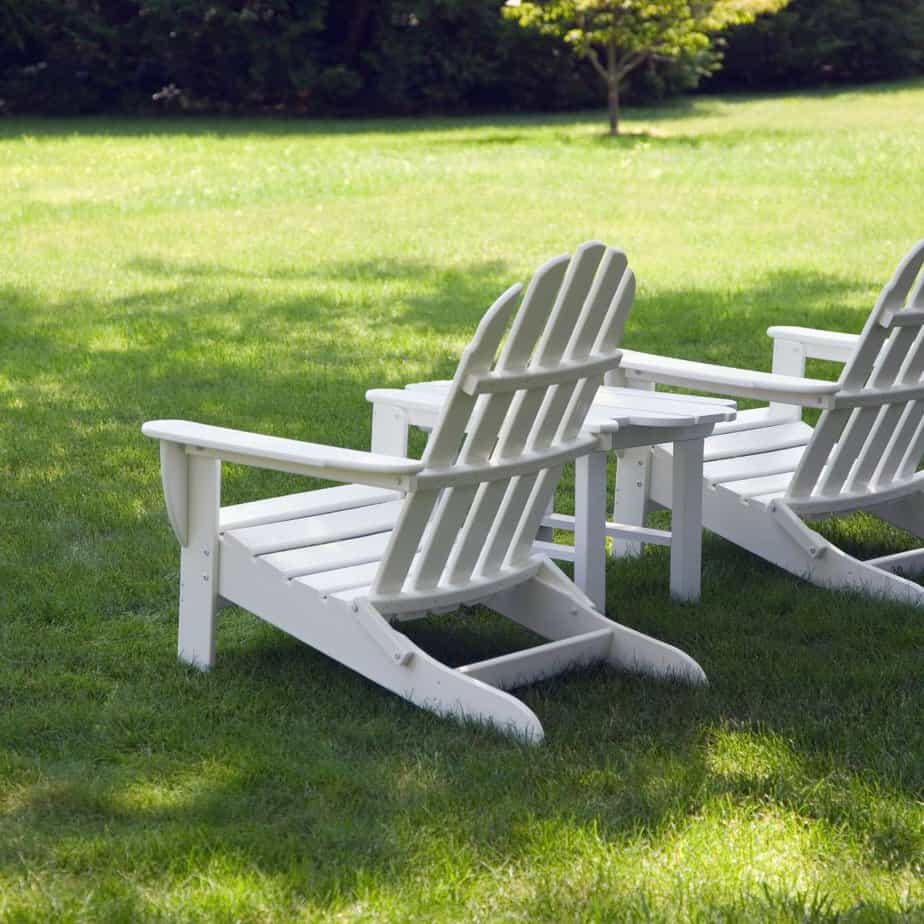

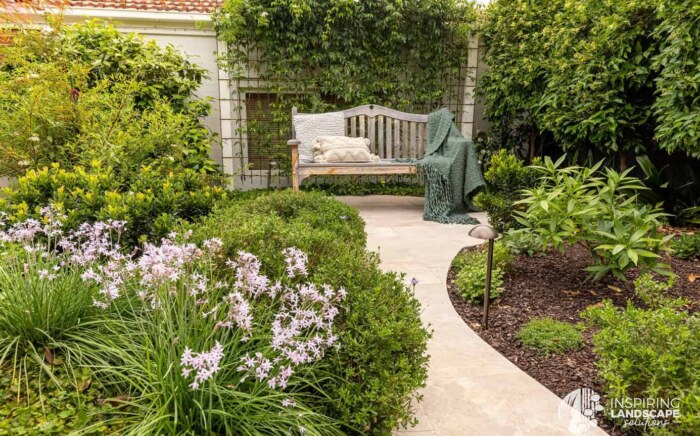
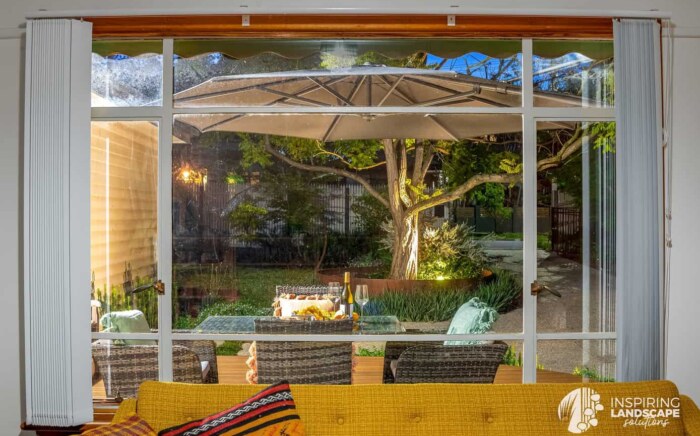
Leave a Comment